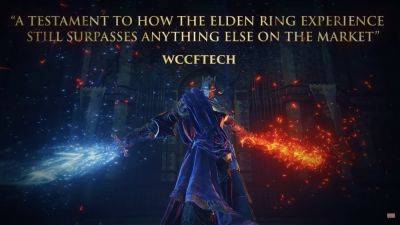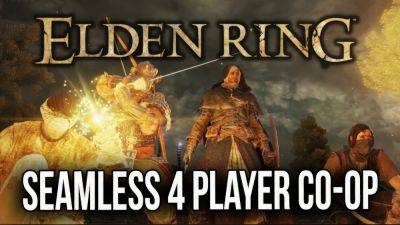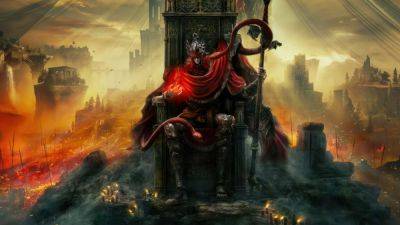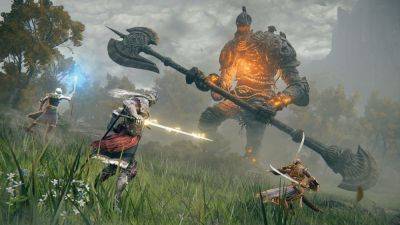'Sekiro was a big turning point': After Elden Ring Hidetaka Miyazaki says, 'there's one more level we can crank it up to'
If you've ever played Sekiro: Shadows Die Twice, then you'll probably remember just how rhythmic and fluid the fighting is. Armed with a samurai sword and a prosthetic arm, there's more of an onus placed on precise timing and dancing around your opponent than you may find in other souls games. But this style isn't as much of a one-off as it may seem. While later souls games like Elden Ring certainly share some DNA, studio president Hidetaka Miyazaki believes the future of souls games will build off what Sekiro tried to perfect.
In an interview with Game Informer, Miyazaki talks about how the relationship between offense and defense during battles has changed: «It's become something much more fluid and active, I think, which was a very defining characteristic of Sekiro, and it's something I've been thinking about since Bloodborne.»
I found that one of the most significant changes to combat in Sekiro is the posture meter, which fills up each time you block an enemy's attack. If you just block without taking a break, then the meter will fill up and leave you vulnerable to an attack. At first, I opted to back up and try to slow fights down from my end, but this only worked against me, as the enemies in Sekiro are just so angry. Once I decided to join in on the rhythmic fights and literally go with the flow instead of hanging back and hoping for an opening, I finally started to actually make some ground.
«Perhaps in Sekiro, it appears more obviously or it's the clearest form that I think that philosophy can embody,» Miyazaki says. While I can certainly see this style in a more recent souls game like Elden Ring, as parrying and dodging feel more fluid and there's some rhythm to attacks, I've undoubtedly gone back to some bad habits by waiting for enemies to make an opening instead of creating one myself. But that's also probably a symptom of having spells and summons to rely on.
But just because Elden Ring's fights may not be identical to Sekiro's, it doesn't mean







